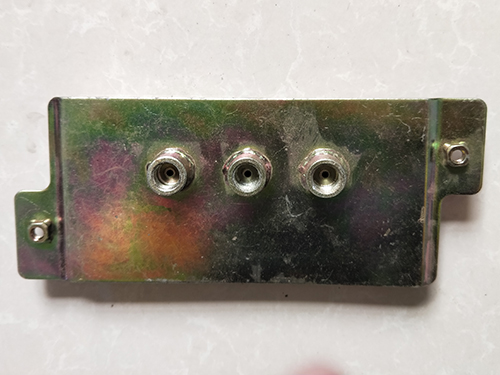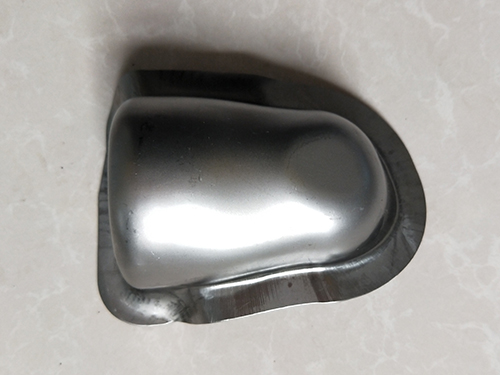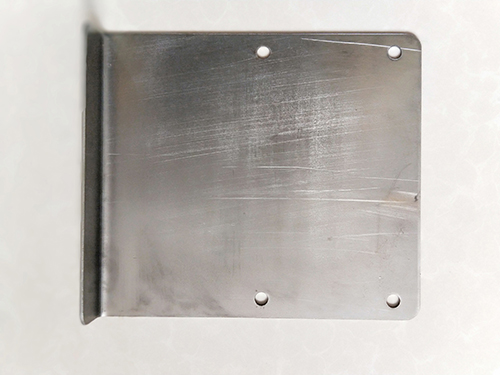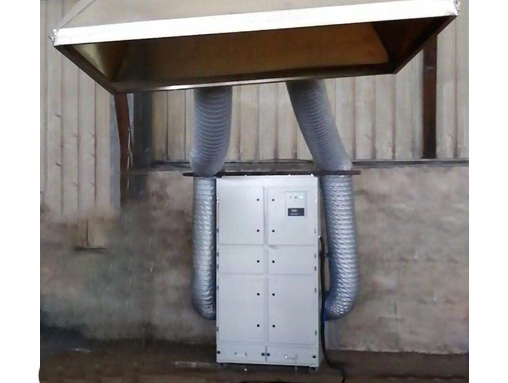Accuracy and appearance quality issues of stamping parts forming surfaces
Stamping parts, as the basic component of the body frame, have a direct impact on the quality of the entire vehicle. Stamping production is a batch and continuous production method. To produce qualified stamping parts continuously and stably, in addition to designing and manufacturing molds, it is also necessary to select appropriate positioning structures. Now targeting metal stamping parts; Explain the principles and applicable scope of several positioning methods in molds.
In the production process of automotive exterior panels, the sheet metal needs to go through multiple processes such as deep drawing, trimming, punching, and flanging. Each process requires positioning of the sheet metal or process part, that is, determining the positioning reference of the stamped part. Due to the different raw materials (sheet metal, process parts) in each process, the positioning methods of each process are also different. Deep drawing generally selects the edge of the sheet metal as the positioning reference and uses a positioning plate to position the sheet metal; Edge trimming and punching generally choose the forming surface and the edge of the process part as the positioning reference, and use the forming surface and positioning plate of the mold part for positioning; Flanging generally selects the positioning holes and forming surfaces on the stamped parts as the positioning reference, and uses positioning pins for positioning.
Selection of other positioning methods
Due to the differences in shape, quality, and production conditions of automotive stamping parts, and with the increasing demand for stamping part quality and production efficiency by vehicle manufacturers, many conventional mold positioning methods can no longer meet the production positioning of stamping parts. A reasonable mold positioning method not only affects the accuracy and appearance quality of the stamping part size and forming surface, but also affects production efficiency. Therefore, in the design and use of stamping part molds, it is necessary to choose a reasonable mold positioning method. The following introduces several positioning methods for the parts to be punched in the mold during stamping: counterweight positioning, supplementary positioning, and pneumatic positioning.
1. Weighted positioning
Some stamping parts in automobiles have convex or A-shaped forming surfaces. For example, the luggage compartment lid and front panel on the car body, in order to achieve consistent deep drawing and smooth forming of various parts of the sheet metal during process design, the pressure surface should conform to the forming surface design of automotive stamping parts. Therefore, in the production process, there is a large height difference between the higher point of the sheet metal placed on the mold and the edge of the sheet metal. Under the action of gravity, the sheet metal adheres to the forming surface of the mold. But when the sheet metal deviates and causes positioning failure, it will lead to material shortage, wrinkling or cracking of the stamped parts, affecting the quality of the stamped parts and even damaging the mold.
In order to solve the above problems, the sheet metal is positioned in the required position during the production process, and a counterweight positioning method is used to locate the sheet metal. When positioning, the counterweight can balance the mass of the sheet metal during the forming process, keeping the sheet metal horizontal. The upper and lower pressing of the material surface causes deformation of the sheet metal, which can be controlled during the deformation process and ensure that the sheet metal is in the correct position during the stamping process. This is due to the quality problems of stamped parts caused by the offset surface of the sheet metal.
2. Supplementary positioning
The use of holes and forming surface positioning can improve the positioning accuracy of process parts, but not all automotive exterior cover parts have holes on the forming surface that can be used as positioning benchmarks in the production process of stamping parts. For example, engine hood outer panels and door outer panels do not have holes, and the forming surface structure is flat. If only the forming surface and trimming positioning of process parts are used in the production process, it will reduce the positioning accuracy of stamping parts and cannot improve the forming quality of stamping parts. In this case, supplementary positioning can be chosen, that is, punching 2 holes in the supplementary area of the stamping process as positioning holes in the subsequent mold production process, and repairing the positioning holes and forming surfaces in the supplementary area in the later process to compensate for the lack of positioning holes in the stamping part.
Stamping process is a workpiece process that applies external force on the workpiece blank to cause plastic deformation or separation, and obtains dimensions, shapes, and properties from the surface. Stamping process and mold design should be combined with the actual equipment, personnel, etc. of the factory, taking into account the quality, production efficiency, production cost, labor intensity, environmental protection, and production aspects of the parts. Technical solutions and mold structures should be selected and designed that are technically, economically, and reasonably used. In stamping production, technical requirements for design drawings should be proposed, and production should be carried out on the basis of reducing stamping process costs. The following are the process requirements for metal stamping parts:
1、 Performance requirements for metal stamping parts
(1) Precision requirements for stamping parts
In order to meet the accuracy requirements of stamped parts, it is necessary to calculate the number of processes through stamping technology, as it is not only related to material characteristics, deep drawing, and the number of deep drawing steps, but also includes conditions such as diameter and material thickness.
(2) Detailed requirements for stamped parts
The precision requirements for stamped parts and the number of processes mainly depend on the complexity of the stamped part structure. Therefore, only the number, relative position, and bending direction of the bending angles can be determined.
(3) Fineness requirements for stamped parts
When the precision and degree requirements are met for stamped parts, the fineness of the workpiece becomes a new process standard. When the cross-sectional quality and dimensional accuracy requirements of stamped parts are high, it is possible to consider adding trimming processes after punching, or directly using punching processes to obtain better stamped parts from the surface and increase their value.
2、 Manufacturing technology of metal stamping parts
(1) Draw part drawings
Based on the stamping part drawings, analyze the shape, size, precision requirements, raw material dimensions, and mechanical properties of the stamping part. Combined with optional stamping equipment specifications, mold manufacturing conditions, production batches, and other factors, analyze the stamping process of the stamping part.
(2) Determine the process plan
Based on the analysis of stamping processability calculated by the main technical parameters, a comprehensive analysis is conducted to identify the characteristics and difficulties of process and mold design, including process quality, flow, operation sequence, and combination, from the perspectives of equipment utilization, difficulty and high lifespan of mold manufacturing, ease and degree of operation, to determine the methods for existing production conditions.
(3) Set process parameters
Process parameters refer to various forming coefficients (such as stretching coefficient, bulging coefficient, etc.), part unfolding dimensions, cutting force, forming force, and other data determined according to the process plan. There are two calculation methods, one is to calculate process parameters more accurately, such as material utilization rate of part layout, center of discharge pressure, and workpiece area; Secondly, process parameters can only be approximately calculated, such as general bending force or deep drawing forming force, complex part blank size, etc.
(4) Choose stamping equipment
Based on the nature and force characteristics of the stamping process, various stamping equipment are completed, such as the required deformation force, deformation amount, mold height, and size profile of the main factors, taking into account the stamping process.







